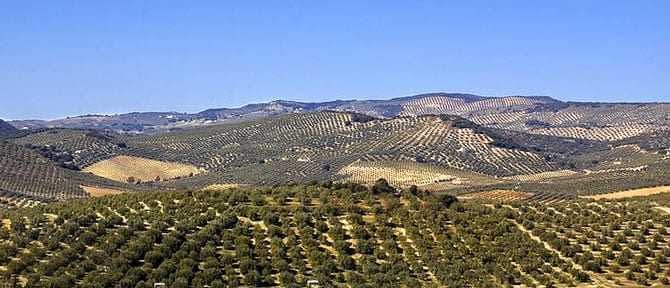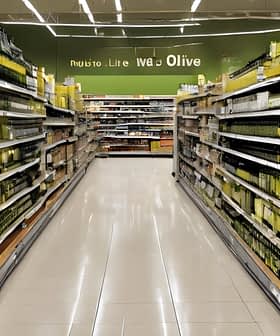
Spain’s olive oil bottlers are at their lowest stock levels in about four years, according to the latest figures from the Spanish Olive Oil Agency (AAO).
Figures released today to September 30 — the end of the official olive season — show that olive oil stocks held by packagers had dwindled to just under 103,000 tons, the least since December 2009, when total world consumption was about 300,000 tons lower.
And the situation with Spanish olive oil mills is similar, with just under 186,000 tons on hand at the end of September, the lowest since November 2010.
Overall, the country started the new season this month with a carryover of 302,500 tons of olive oil, coming out of a season that delivered just 616,300 tons — down 62 percent on the previous, record season — and despite much higher than average imports, according to the AAO data.
Olive oil imports into Spain — by far the world’s biggest producer — totaled nearly 118,000 tons in 2012/13, nearly double of that the previous season and nearly triple that of 2010/11, though the figures for last month are still provisional.
Spain’s olive oil sales have also declined in terms of both exports and domestic consumption, down 23 and 7 percent respectively on the average for the four previous seasons.
Caution urged over harvest estimates
Meanwhile, concerns have been raised that the Andalusian government’s forecast this week for the new olive oil season was overly optimistic and will cause prices to fall further.
Elena Víboras, Minister of Agriculture, Fisheries and Rural Development in the Andalusian regional government, released the official estimates on Monday, that Andalusia alone would make more than 1.3 million tons of olive oil in 2013/14 and Spain about 1.6 million tons.
But Infaoliva, the Spanish Federation of Olive Oil Industries and Producers, said these figures did not take into account the need for rain, which if not received could result in production at least 10 percent lower than expected.
In such a sensitive market, the forecast could see prices kept low until at least next June, Infaoliva said, because olive oil traders will be able to buy cheap on the pretext that supply will cover demand.
And FAECA, the Andalusian Federation of Agricultural Cooperative Enterprises, said while it did not doubt the professionalism of the government experts behind the forecast, it was nevertheless “surprised” by the estimates and considered them “premature” given “the enormous repercussions of this type of information in the market.”
FAECA also said that the dry, hot start to the fall had provoked a delay in fruit development and a level of water stress that could reduce the oil yield.
And while earlier this month the International Olive Council provisionally forecast a worldwide total of 3 million tons of olive oil for 2013/14, the GEA Westfalia Separator Group’s International Center for Olive Oil Excellence estimates global output of just 2.76 million tons, with Spain making about half of this, or sbout 1.35 million tons.
A report it released this week also said that given global olive oil stocks were “significantly” lower than at the start of least season, the resulting amount of olive oil available to the market this season would be down nearly 70 percent down on the previous one.








